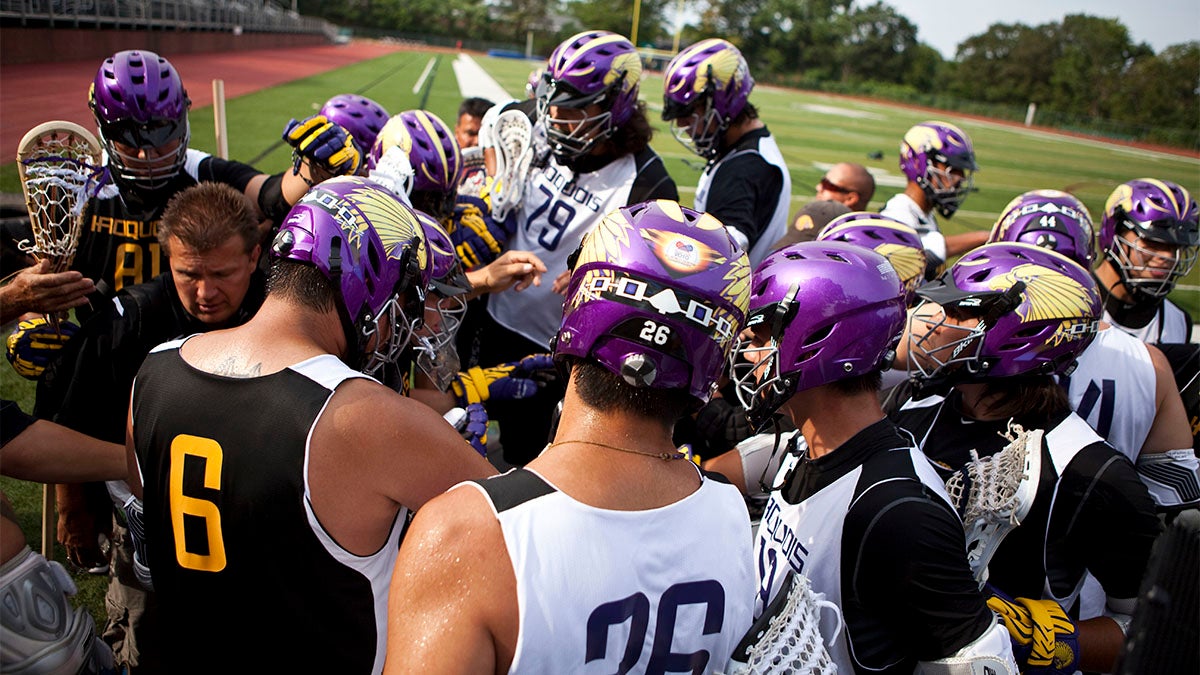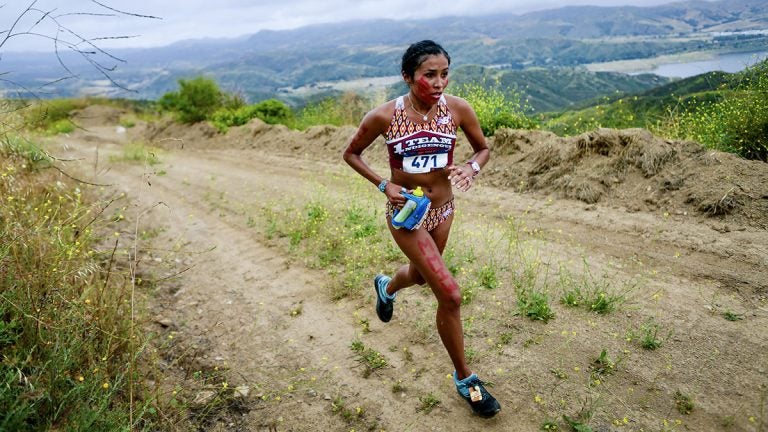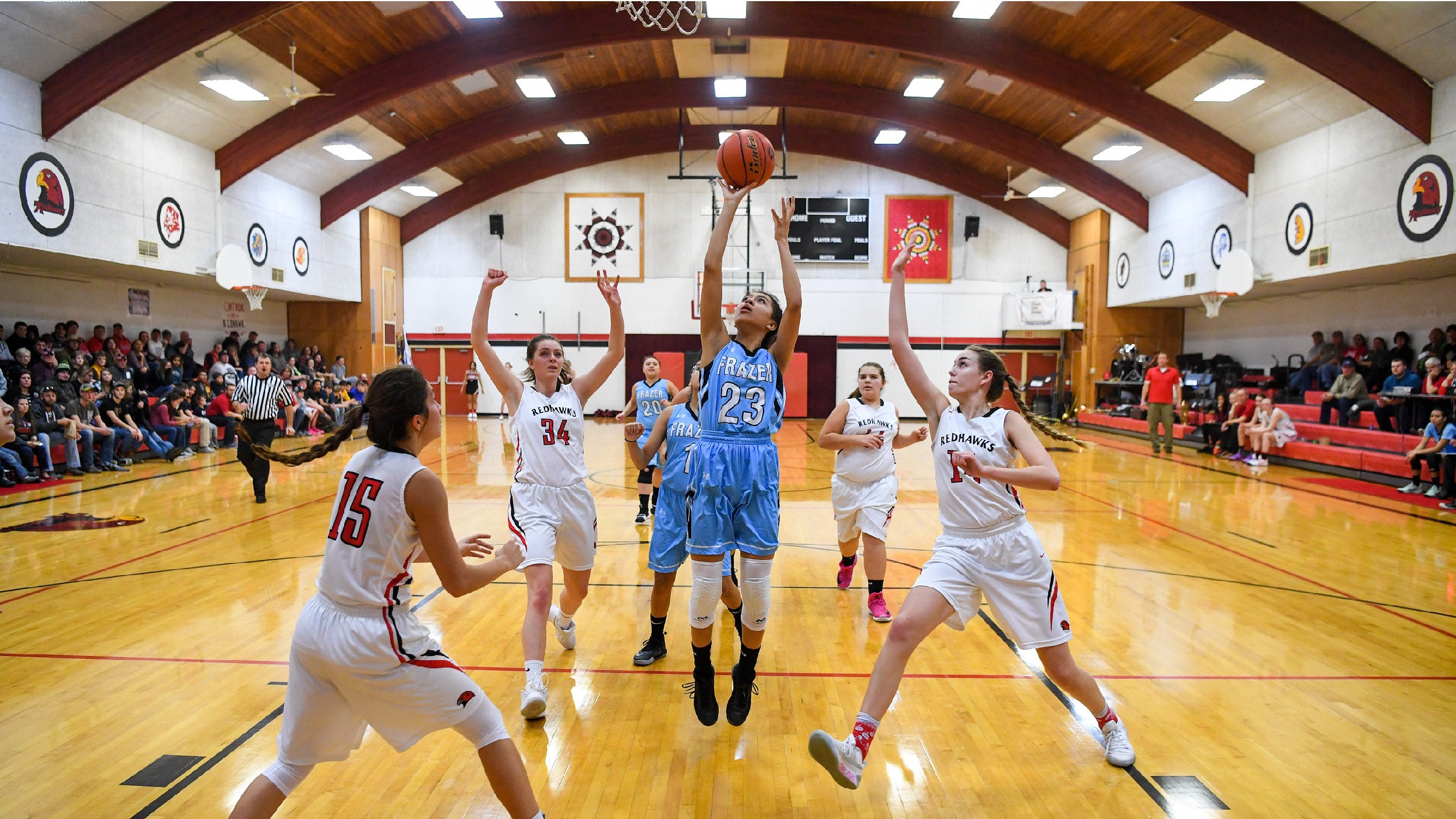'The Creator's Game' moving from Native American favorite to prime time
Why this matters
Hundreds of years after being introduced to European settlers by Native Americans, lacrosse is becoming one of the fastest growing sports.
In honor of Native American Heritage Month, GlobalSport Matters will showcase the Native American athletic experience.
Lacrosse is the fastest growing sport in the United States according to a US Lacrosse Survey. Since 2001, lacrosse has added more than half a million participants from youth to the professional level.
In October, a new league called the Premier Lacrosse League was announced. It has a television contract with NBC Sports.
The increasing annual participation in both men’s and women’s lacrosse is a product of the game spreading away from its epicenter, the St. Lawrence Valley and New England. But that growth has been a long time coming for the oldest sport in North America.
When French missionaries arrived in the New World in 1637, they glimpsed for the first time a game that Native American tribes had played long before Europeans arrived. Carrying long wooden sticks with hide-string pockets, two sides fought over a ball that they tried to score by throwing it in the opposite team’s goal. The missionaries named it ‘la crosier’ due to the resemblance the shape of the wooden sticks had to Catholic bishop’s cross.
On a field up to two miles long, the spectacle appeared more like the onset of a war between the two tribes instead of a sporting contest.
According to Onondaga stick maker Alfred Jacques, who has been making the Iroquois sticks for 50 years, what they were witnessing that day was something completely different.
“When the Europeans came and saw this whole group of men coming toward this whole group of men, they thought it was going to be a battle,” explained Jacques to Reporter’s Magazine at the Rochester Institute of Technology. “They were playing a game instead."
On Native American reservations in New York, such as the Six Nations, or Iroquois Confederacy, the game of lacrosse is everywhere. But you will not hear them call it that.
To them, it’s called the “Creator’s Game.” And it is more than just a game.
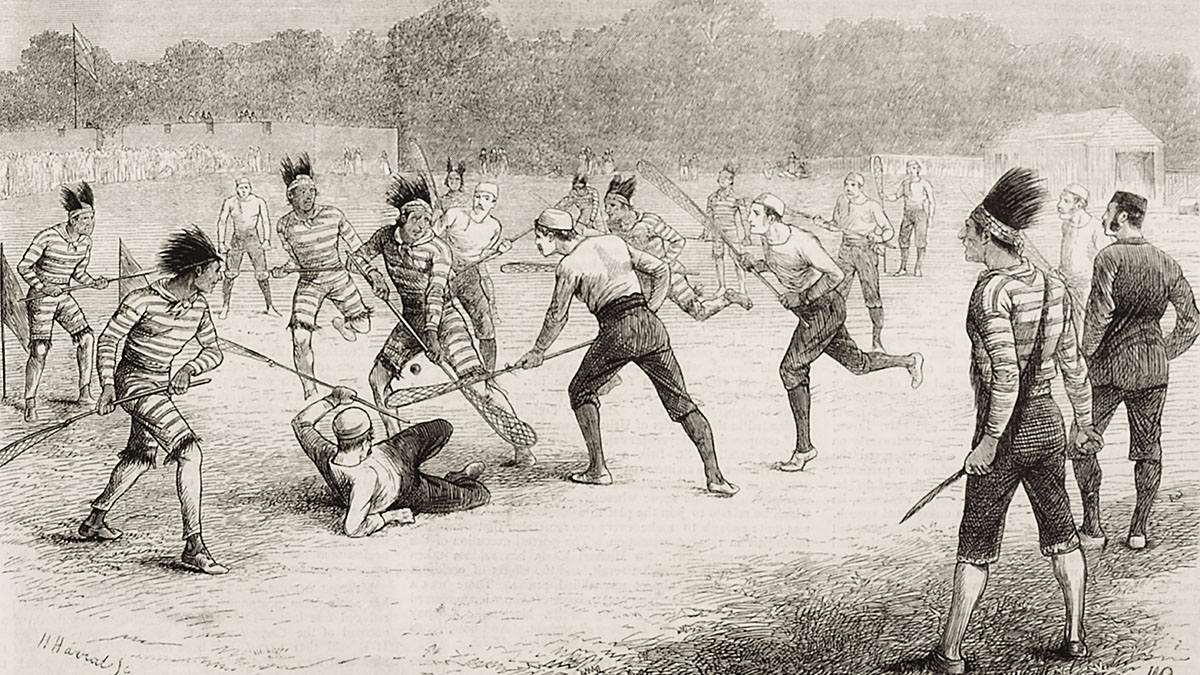
“When you talk about the lifeblood of the Six Nations… the game is ingrained in our culture, and our systems, and our lives,” said Oren Lyons, a former Syracuse University lacrosse star and faith keeper for the Onondaga tribe. “There are two times of the year that stir the blood… In the fall for the hunt, and now (spring) for the lacrosse.”
For Native American tribes such as the Haudenosaunee, playing lacrosse is considered medicinal. By playing the ‘Creator’s Game,’ they give thanks and praise to the gods and commence in celebration with the rest of the tribe.
The young men who participate in lacrosse also understand the cultural importance of wielding the wooden lacrosse sticks made by Jacques. When they take the field, regardless of the venue or location, the Haudenosaunee compete with that honor and integrity.
When a tribe member passes away, his lacrosse stick is buried with him. They do this so when he wakes up in the afterlife, he can take his stick from the coffin and begin playing again with their Creator.
For the living, ceremonies take place at the beginning of spring every year. The community comes together in a ceremonial contest. Sometimes pitting the old and wise vs. the young and reckless, the annual spring game brings the community together like no other event.
While historically traditional lacrosse games were played on vast open fields, the most common form of lacrosse being played by Native tribes is box lacrosse.
Box lacrosse is played between two teams of six players and usually takes place in an ice hockey rink once the ice is removed. It is the primary form of lacrosse played in Canada, and it was named Canada’s national spring sport in 1994.
The game requires a heightened lacrosse IQ and stick skills. The goals are much smaller. The goalies wear more pads, and, because the playing area is more confined, the margins for error are slimmer. To watch the Six Nations play box lacrosse is to see the degree the stick is an extension of their bodies.
Many of the tribes have their own teams, and those selected consider playing the ‘Creator’s Game’ while representing their people to be one of the biggest honors they can aspire to.
The Onondaga Redhawks are one of the premier professional box lacrosse clubs on the reservation, having won five of the last seven Can-Am Senior B Lacrosse League titles. While winning titles will not earn players riches and fame, the honor and humility that comes from playing is therapeutic.
“Every time you put on that jersey, and you have the Onondaga symbol on your chest there’s a great deal of pride that goes into that,” said Brett Bucktooth, a member of the Iroquois National Team and Onondaga Redhawks. “I think the [Onondaga] continually produces great lacrosse players because it’s such an integral part of our lives.”
Because lacrosse is played for the enjoyment of their Creator, participants are reminded of the reason for playing before the start of every game. According to the Iroquois Nationals ‘Story of Lacrosse,’ “Lacrosse should not be played for money, fame or personal gain; you should be humble and of a good mind when you take your lacrosse stick in your hand.”
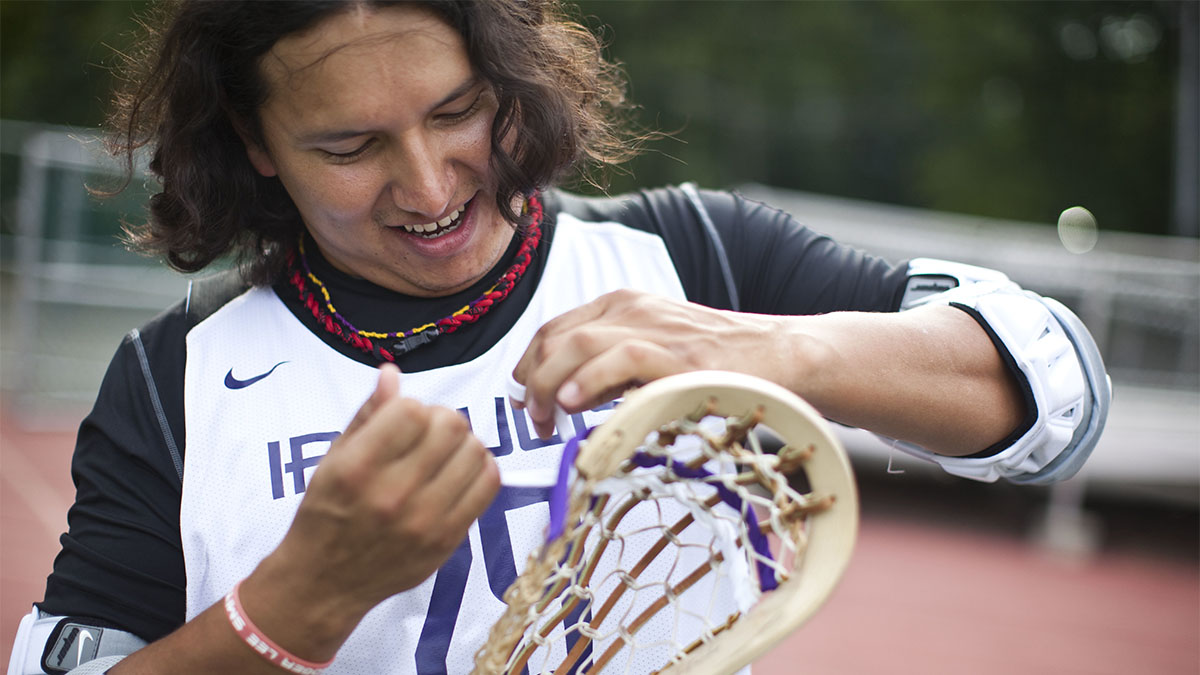
The commercialization of lacrosse is something not all tribes within the Six Nations agree on. For many, lacrosse serves a higher purpose than functioning as merely a game. Conflict resolution, right of passage and community building have formed the heart of Native culture, and many of these lessons are taught through playing this game.
While professional leagues such as the National Lacrosse League and Major League Lacrosse offer salaries, which goes against the game’s cultural origins, respecting the game by playing it well and with intensity out of honor has led to the spread of the game and Native American culture.
“It’s their game. It’s the Creator’s game,” said Steve Beville, the coach of the SUNY Cortland Red Dragons who coached the Iroquois Nationals in the 2014 Federation of International Lacrosse World Championships held in Denver, Colo. “That’s always something that’s prevalent in your mind and their mind when you’re playing with and against them.”
Beville has been the coach of the highly successful Cortland lacrosse program for 13 years, and he possesses more than 300 wins in his collegiate coaching career. He was inducted into the US Lacrosse Upstate New York Hall of Fame in 2010.
A native of Syracuse, N.Y., Beville grew up playing against Native Americans such as the Iroquois. Even at a young age, Beville could tell the Iroquois possessed a different feel for the game that only came with the bond indigenous people feel for the Creator’s Game.
“It’s their timing and their instincts. They have an incredible sense of when to cut off the ball, sense of timing of when to go to the cage, pass it, tuck your stick and protect your stick,” Beville said. “They’re so instinctual and amazing that sometimes you’re coaching them and I’ll have to grab myself and say, ‘Get back to coaching and stop watching.”
While the Iroquois Nationals have a storied history, they also are dedicated to contributing to its future. Among the game’s current stars are Lyle and Miles Thompson, who shined at the University of Albany. In their senior seasons, both broke the NCAA lacrosse single-season points record.
They were named co-winners of NCAA College Lacrosse’s most valuable player award, which is named the Tewaaraton Trophy, after the Mohawk tribe’s name for the game.
While lacrosse will always be a staple of East Coast and private high schools, western states such as Arizona and California are among the states with the fastest growing participation and team growth rates. The game’s movement westward has also led to new NCAA Division 1 programs. The University of Denver has one of the best lacrosse programs in the country, while the University of Utah just added men’s lacrosse as a sanctioned sport.
However no matter how far the game ventures away from the St. Lawrence valley, the history and origins of the Creator’s Game will always reside with the Haudenosaunee.
Ross Andrews is a senior journalism student at Arizona State University

